The Stanley Hotel, Colorado, US
A huge colonial revival hotel on the outskirts of the Rocky Mountain national park, this building was the inspiration for the Overlook Hotel in Stephen King’s novel The Shining, and Stanley Kubrick’s film adaptation. King spent a night here with his wife in the 1970s, and began to form the plot after they discovered they were the only guests in the 142-room hotel, eating alone in an empty dining room and wandering through empty corridors. Though the hotel (which now offers ghost tours) featured in the 1997 TV series The Shining, it didn’t appear in Kubrick’s production: in the film version, exterior shots of the Overlook were of Timberline Lodge in north Oregon, while the interiors were shot at Elstree Studios in Hertfordshire. It was anxious management at Timberline Lodge – a year-round ski resort and popular tourist destination in its own right – that persuaded Kubrick to change the haunted room number from 217 (as it is in the book) to 237 (which the hotel doesn’t have) for fear guests would never want to stay in it.
Bangor, Maine, US

For fans of Stephen King, the small city of Bangor – where the legendary writer resides – is unmissable. It is, in all respects, like stepping into the fictional town of Derry, where many of his novels are set, and there’s a long list of locations to visit that feature in his books or film adaptations. Pet Sematary was filmed in the town, at locations including Mount Hope Cemetery; the Thomas Hill Standpipe inspired the water tower in evil clown flick It (nearby you can also ogle the sewer drain on the corner of Union and Jackson Streets where Pennywise stakes out Georgie Denbrough). The Bangor Waterworks was the setting for Graveyard Shift’s terrifying flock of rats; and even the town’s airport was featured in the novella (and its film adaptation) The Langoliers. Of course, King’s house (also spooky, naturally) is another vital stop-off in town. SK-Tours offers a three-hour tour for $45.
Wismar and Lübeck, Germany
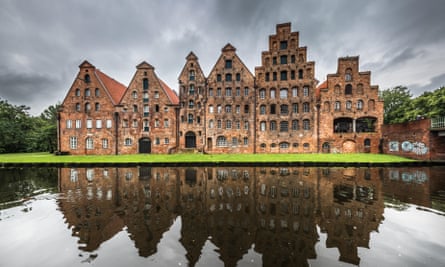
Made in 1922, the gothic vampire horror Nosferatu features terrifying scenes in the fictional town of Wisborg, shot on location in northern Germany. The huge market square (one of the biggest in the country), dainty harbour lined with traditional houses, and St Mary’s church, with its ominous square tower, are some Wismar locations that feature in the film, while an hour’s drive away in Lübeck are the Salzspeicher (salt storehouses) where Nosferatu resided.
Lübeck, which has a Unesco-listed old town and a skyline dotted with seven church towers, has other small attractions, such as the Museum of Theatre Puppets, a private collection featuring three centuries’ worth of exhibits and likely to make anyone who’s already been scoping out vampires feel a little jumpy. Both towns are an hour or so by car or train from Hamburg, so can be easily done as a day trip.
Seneca Creek state park, Maryland, US
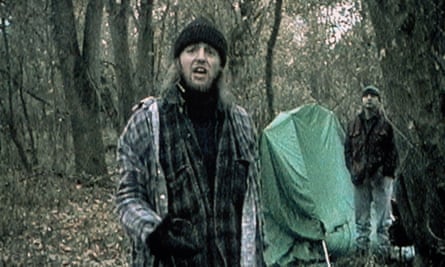
Blair Witch Project was the lo-fi masterpiece that turned the idea of a wild camping trip into a terrifying experience. Fans of the cult classic who want to test their nerves should head to Seneca Creek state park, Maryland (aka the Black Hills Forest) to explore the woods where the film was set. Details of other specific spots in the film - such as the Shack and Coffin Rock – can be found on fan forums, though sadly the Griggs House (known as the Rustin Parr house in the film, and where it reaches its nail-biting climax) has been demolished, despite a campaign to save it.
Osea Island, Essex, UK
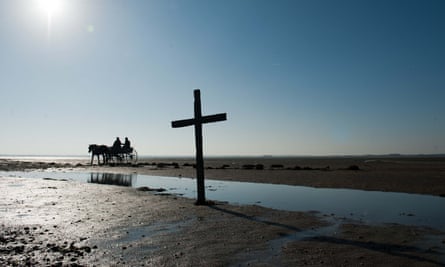
A tiny, privately owned island in the Blackwater estuary in Essex, Osea has retained an enchanting air; it has long drawn artists and musicians seeking solitude and is home to a cutting-edge recording studio. But the one thing that gives Osea island its true sense of mystery is the fact that it is accessed by a narrow pebble tidal causeway, passable only every seven hours. This causeway features prominently in the film adaptation of The Woman in Black, and the production team spent two weeks filming on the island, capturing the eerie atmosphere of the landscape.
Florence, Italy
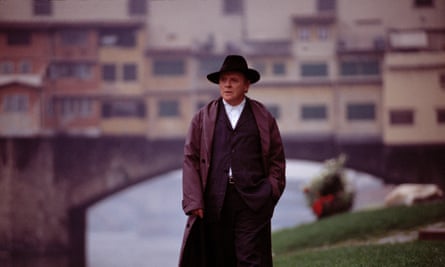
Hannibal Lecter is a man of refined tastes when it comes to the arts, and Florence is a city that features prominently in his life, forming a key setting in the second part of the book and film series by Thomas Harris. Even when Lecter is fantasising about eating “the liver with fava beans”, he plans to wash it down with a glass of “excellent chianti” – a wine from the region. One of the key locations in the film is Palazzo Vecchio, where Lecter is working as Dr Fell and where he hangs Rinaldo Pazzi (“bowels in or bowels out”). Other locations (and there are many) include the cloister of Santa Croce convent, used for the Dante’s Inferno concert scene, and the grand Santa Maria Novella Pharmacy, where Lecter buys a gift for Clarice Starling.
Forks, Washington state, US

What could be more titillating than the romantic lives of young vampires and werewolves? It’s no surprise the Twilight Saga books and films have been such a hit; likewise that the town of Forks, Washington State, where the story is set, has become a pilgrimage spot for fans of Stephenie Meyer’s creation. In Forks – one of the wettest towns in the US, making it a handy home for sun-shy vampires – there’s a host of locations to visit, from Forks Chamber of Commerce, where fans can get a photo with “Bella’s Truck”, to First Beach, which features in the series and is a popular surfing spot, as well as the city hall, police station and high school. The town also hosts an annual celebration, Forever Twilight in Forks, in September.
Scotland
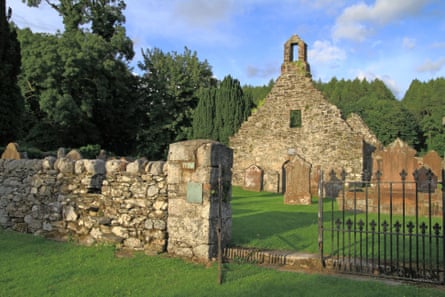
Horror classic The Wicker Man follows a Christian policeman as he attempts to solve the mystery of a missing girl in a pagan community on the remote Scottish island of Summerisle. Though there are some real Summer Isles, the 1973 film was shot in a range of locations on the mainland. Lord Summerisle’s mansion house is Culzean Castle, near Ayr, and is open to the public. St Ninian’s Cave – where the policeman finally tracks the missing person – is on the Machars peninsula in Galloway. The village of Anwoth, in Dumfries and Galloway, is the home of the church ruins featured in the film, as well as the schoolhouse. It’s a beautiful part of the UK, home also to some of the true sacred and pagan sites in Scotland. The isle of Skye (which was used for the aerial shots at the start of the film), counts magical Fairy Pools among its sites.
Mount Mihara, Japan

An active volcano on the island of Izu Ōshima, Mount Mihara is a stunning spot about 100km south of Tokyo, so can be visited as a day trip. The volcano is used as a location in one of the best-known Japanese horror films, 1998’s Ringu (The Ring). It tells the tale of a great psychic, Shizuko Yamamura, who predicts a volcano’s eruptions and, later, throws herself into its crater. The volcano was a location in 1984 Japanese film The Return of Godzilla, with the vast crater being used as a prison for the monster. The volcano itself is 758 metres high, and visitors can take a scenic walk around the edge of the crater.
Belchite, Spain
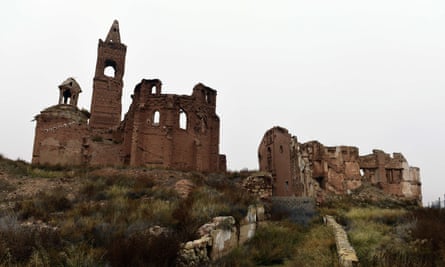
A ghost town itself, and a stark reminder of the devastation of the Spanish civil war, the town of Belchite is in the province of Zaragoza in north-east Spain. While a new town now exists, the ruins of the buildings destroyed in 1937 remain as a harrowing memorial to the conflict. It’s a haunting place to visit, and the location was used in the chilling 2006 Spanish film Pan’s Labyrinth, which ties fantasy with the brutal reality of Franco’s rule. The town used to be free to explore, but now Belchite can only be visited with a guide from the local tourist board (belchite.es).
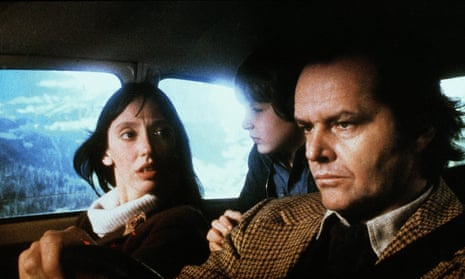
Comments (…)
Sign in or create your Guardian account to join the discussion